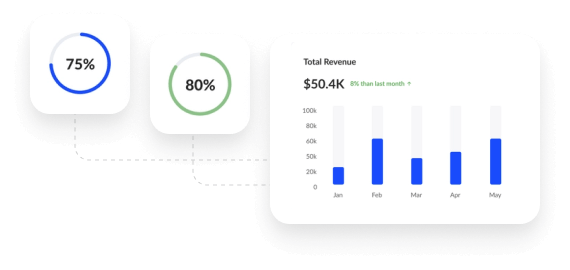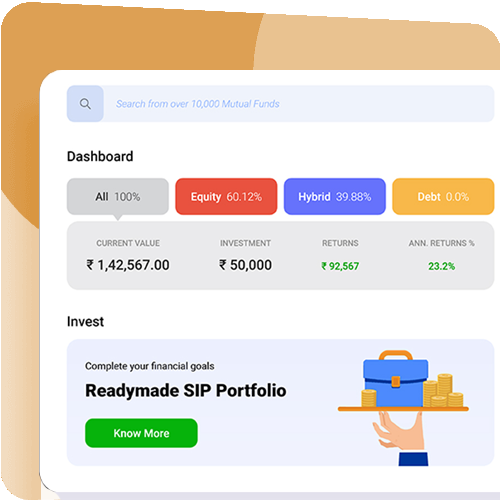NAV is short for Net Asset Value, whichis the mutual fund’s per-share value. It is the amount you pay or get when you buy or sell a mutual fund share.

SIP in Mutual Fund
Setting up a Systematic Investment Plan (SIP)
SIP plans allow investors to enjoy higher returns through long term investment.







SIP in Mutual Fund
Setting up a Systematic Investment Plan (SIP) in Mutual Fund involves choosing a mutual fund scheme and deciding a fixed amount to invest at regular intervals, like monthly or quarterly.
9 out of 10 individual traders in equity Futures and Options Segment, incurred net losses.
On an average, loss makers registered net trading loss close to ₹ 50,000.
Over and above the net trading losses incurred, loss makers expended an additional 28% of net trading losses as transaction costs.
Those making net trading profits, incurred between 15% to 50% of such profits as transaction cost.




Start SIP in Mutual Fund
A Systematic Investment Plan or SIP is a way that enables investors to invest a fixed amount in a fund scheme periodically, i.e; weekly, monthly, or quarterly. The best SIP plans in Mutual Fund allow investors to enjoy higher returns through long term investment.
How to Invest
First-time users on Farsight can follow the below-written steps to start investing in a Mutual Fund:
- Sign Up
- Complete your KYC
- Explore Funds
- Choose SIP or Lumpsum
- Start Investing
- Monitor Your Portfolio


Frequently Asked Questions
-
What does the NAV of Mutual Fund mean?
-
When NAV is updated?
It updates every day between Monday to Friday after the market closes to reflect the fund's current value.
-
Why should I add a nominee to my Mutual Fund?
Adding a nominee to your Mutual Fund makes it simpler and faster to transfer your investment to your chosen nominee if something happens to you. It's a way to ensure your investments are easily passed on to the person you choose, without complications.
-
Can I save tax if I invest in Mutual Fund in India?
Yes, by investing in specific Mutual Fund like ELSS (Equity Linked Savings Scheme), you can save on taxes. These investments qualify for tax deductions under Section 80C of the Income Tax Act, helping you reduce your taxable income.
-
What is NFO in Mutual Fund?
An NFO, or New Fund Offer, is the first time a new mutual fund scheme is offered to the public.
























